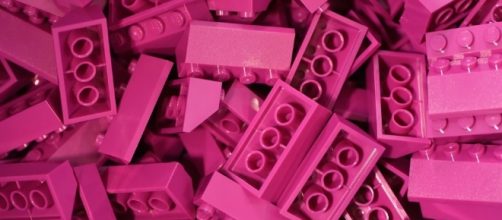As the oldest of my family, I spent many years being the only girl. This meant that while my brothers grew up with blue sheets, I slept under Pink covers. I resented all things pink. Pink represented being "girly" and being restricted to certain behaviors and interests. It is an overpowering color, and the offensive nature is heightened when all of your options are doused in it. Pink remains a staple of the girl's section. I was reminded of this while trying to fulfill my little sister's request for new bedding: "I don't want pink!" It's not just with bedding or clothing, this extends to the type of birthday card you're more likely to get.
Why does this color continue to fill the shelves and influence purchases?
Done with labels, but not really
In August of 2015, Target announced that they were reducing gender-based signage in their stores. Of course, clothing is still marked by gender, due to the sizing difference. The place where this change is most evident is in the toy section. Despite the absence of pink or blue signage, the packaging remains attached to this binary, for easier marketing. The absence of specified labels has little effect when there is such a recognizable difference. Children learn from adults, and most adults are not going to buy something wrapped in pink for a boy, but they will for a girl. Children are intelligent enough to recognize this disparity.
They learn what society expects of them, especially in terms of gender norms. The insecurities attached to "not fitting in" begin affecting children. Many of them continue to feel restricted by these expectations.
An organizational dilemma
While marketing teams will be slower to change their packaging, there are a few ways we can make these differences less noticeable to children. The main obstacle in this, of course, is a need for organization. While it intuitively makes sense for dolls to have an aisle, and for action figures to defend a separate area, perhaps blending these aisles would make the difference less stark. Instead of one end of the toy section having traditionally "girl toys" and the other end having "boy toys," we could find a new system.
Placing the Lego Elves and Friends, marketed toward girls, next to the Ninjago sets, would perhaps make the opposite genders more confident when looking at them.
If a few Avengers were placed next to Barbie dolls, maybe it wouldn't feel as strange. The key to breaking these barriers is normalization. If children are exposed to a wider array of toys, they have the power to make their own choices. We are in the 21st century; we need to stop treating these concepts as liberal or revolutionary. We need to let individuals have freedom to express themselves. Allowing a child to explore their personal interests -- instead of what society deems necessary based on preconceived roles -- will foster the creativity and innovation that will advance our world.


